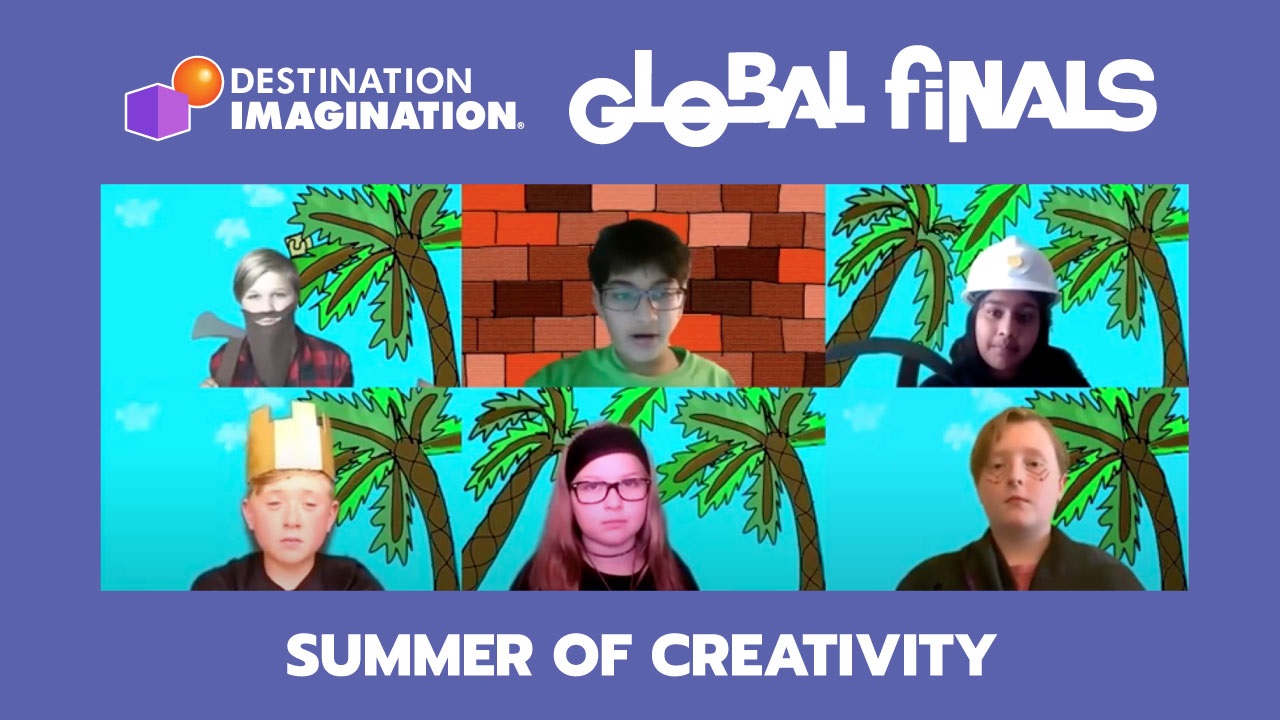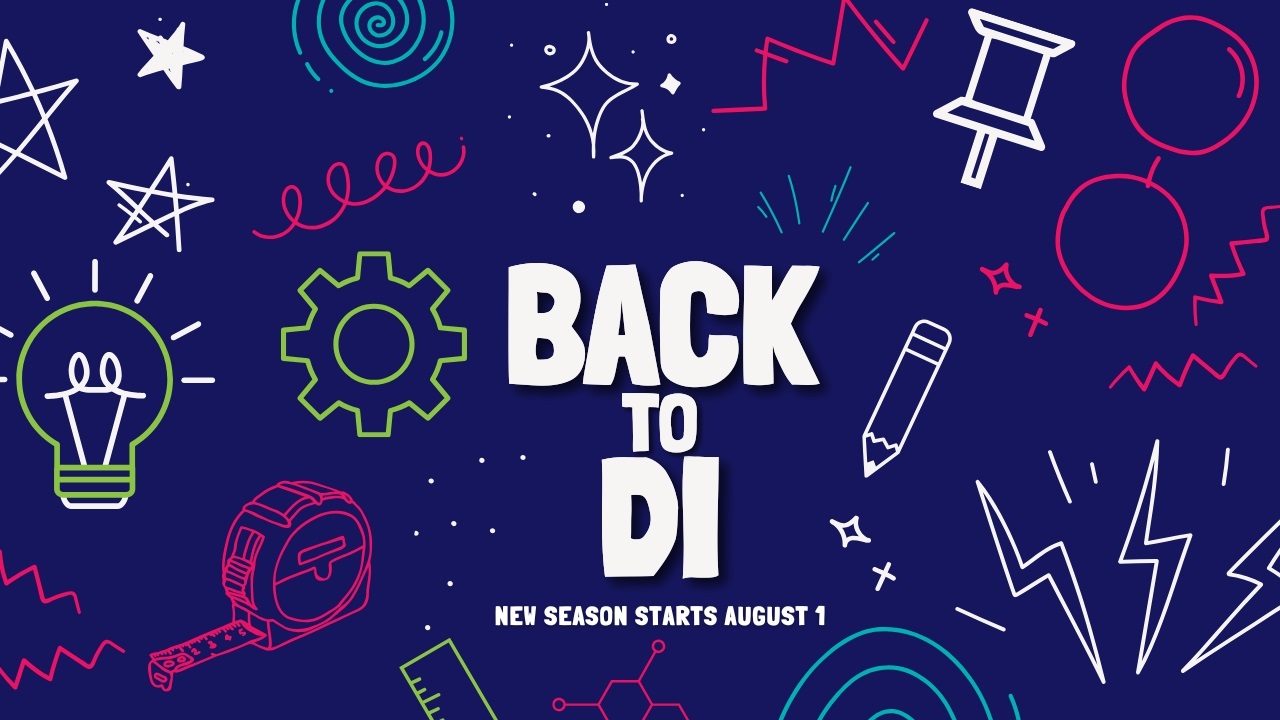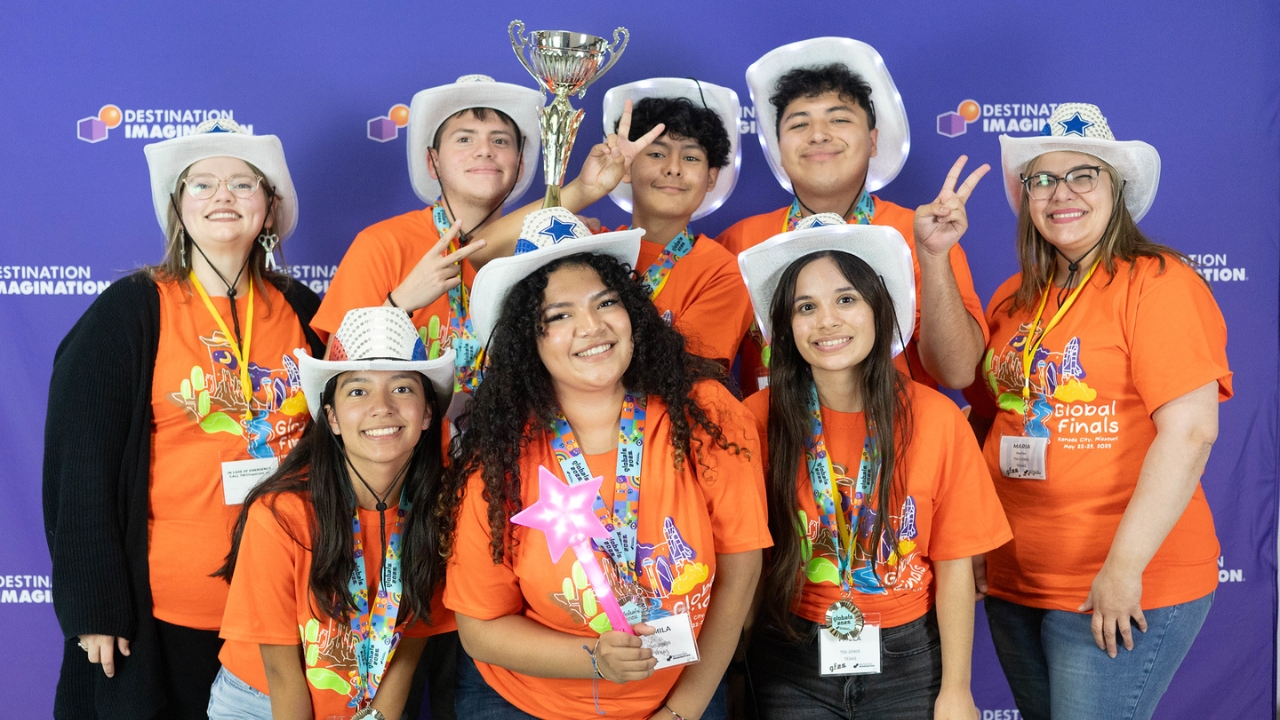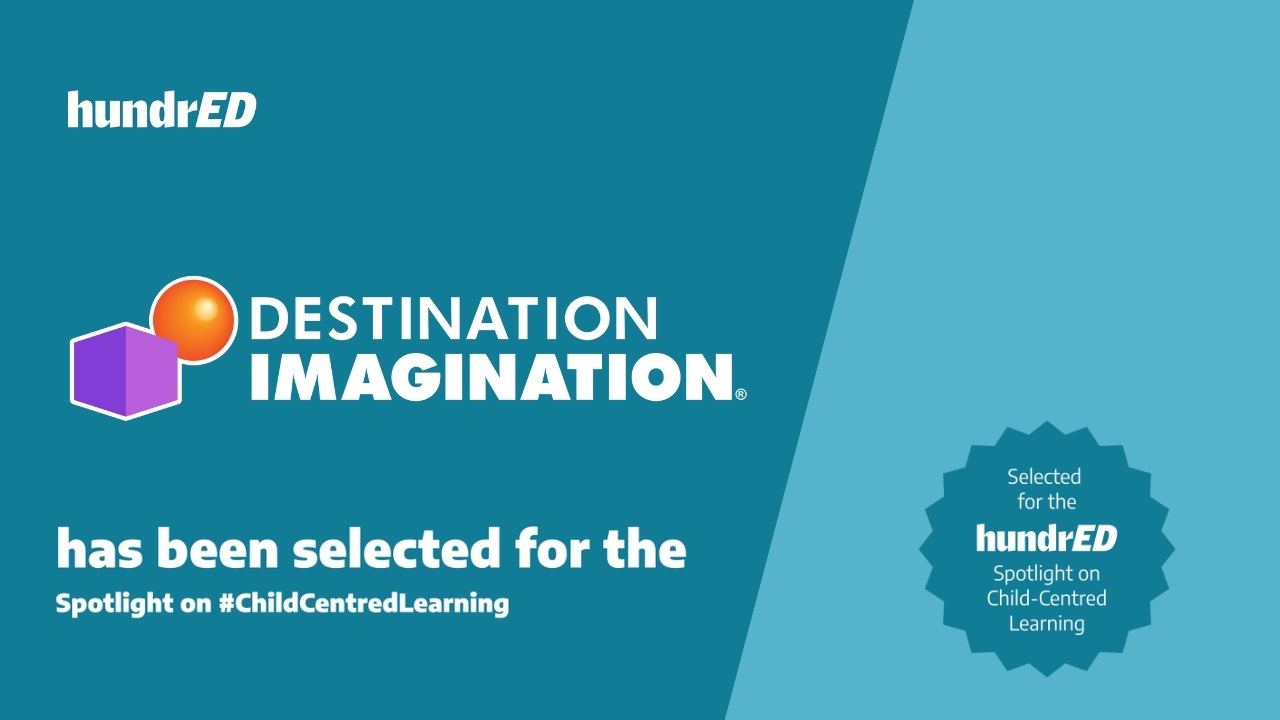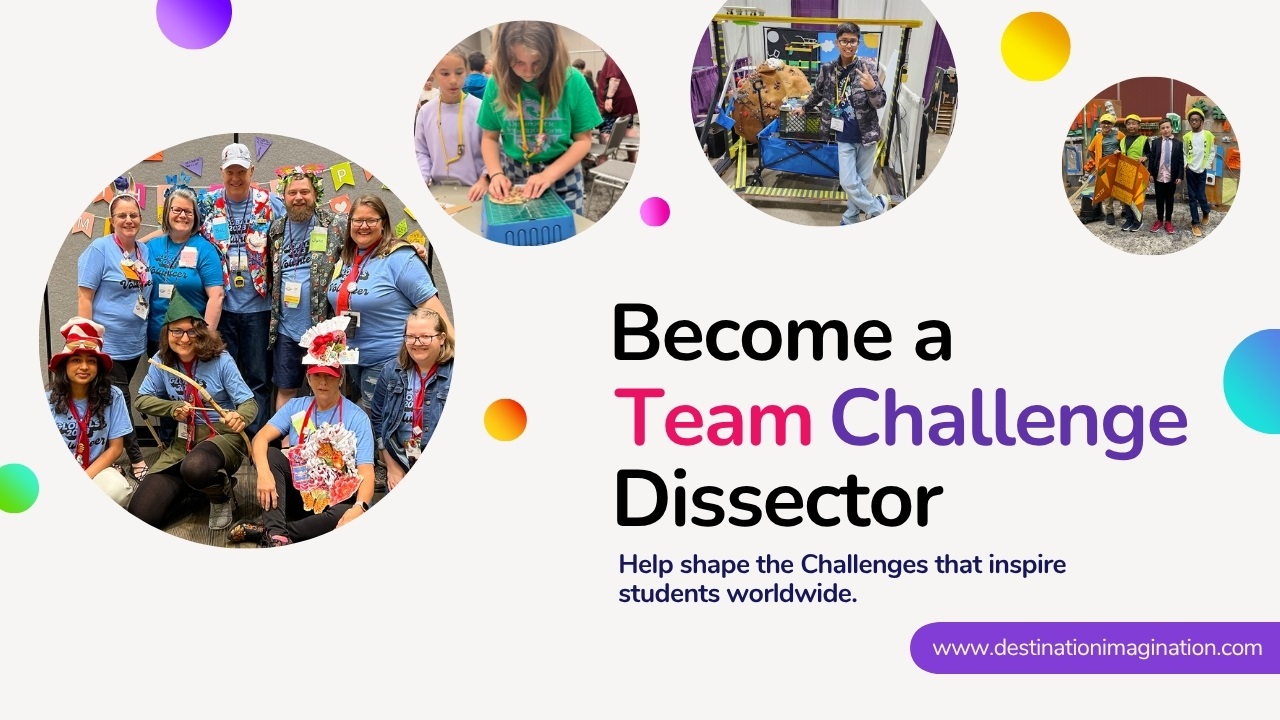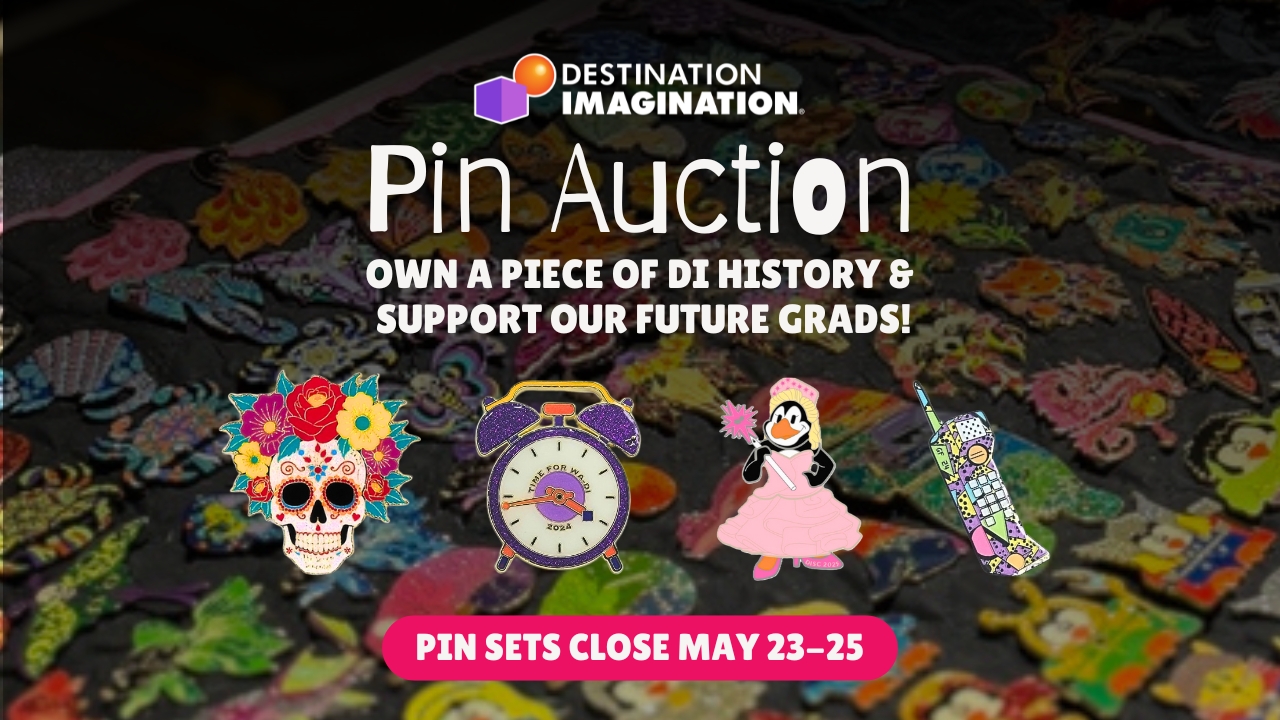Let’s face it. The 2019-2020 school year ended a little unceremoniously, as we all ran for cover against coronavirus.
Despite educators’ and parents’ best efforts this spring, online learning may have been challenging, possibly producing mixed results.
Now’s the time for a do-over. With the new school year upon us, you may be focused on how to improve the experience and outcomes for your students. We’re here to help.
Here are three insights we learned from our own adventures going all-virtual.
From In-Person to Virtual (Almost) Overnight
The DI of today feels vastly different from the organization we were back in March. Typically the second half of the school year has our team focused largely on large-scale, in-person tournaments around the world.
While we cherish those opportunities to engage with our youth participants and celebrate their creations, coronavirus made it pretty clear that big gatherings were not going to be a safe or sustainable option for 2020.
So, like many organizations, we were faced with some challenging questions.
- How can we share the DI learning experience when we can’t meet in person?
- How can we keep students safe while sustaining our organization?
- While our participants and their families are faced with new uncertainties, such as constant Zooming and other #WFH (work from home) realities, how can we best assist and empower them?
Our solution—brought to life in record time by our Educational Experiences team—was to convert our biggest tournament of the season to an online experience. Global Finals 2020: Summer of Creativity gave a creative and collaborative learning outlet to over 600 teams from around the world. They showcased their creations from the past season and engaged in new Virtual Challenges designed to accommodate social distancing practices.
3 Takeaways to Inspire Your School Community
The transition to a virtual event was a significant one, and we’ve learned many lessons along the way. Here are three takeaways that will help your school community create the best conditions for student learning.
1. Culture Shift Part 1: Flexible, Communicative, and Customer-Service Oriented
Throughout this process, it became clear there was not going to be a one-size-fits-all approach for how to participate in a virtual tournament. Like the families in your community, our student participants had differing travel restrictions, schedules, and access to technology. We had to create a flexible model to accommodate these needs.
The one thing consistent for everyone involved was a need for communication. Our participants and their families wanted as much information as possible to help them form their own plans and strategies.
At DI, that meant we had to pay extra attention to the way that information was shared. We streamlined the way teams registered for the tournament. We generated a series of emails with detailed instructions. We amped up our customer service offerings by asking DI staffers to take on new responsibilities during the tournament.
Take a look at your school’s internal culture.
- What do families need to know that you and your team may have underway that parents are unaware of?
- How will you communicate with them and how regularly?
- How will you incorporate feedback from your families so you can be clearer?
- Who will serve on your customer service response team?
2. Culture Shift Part 2: Parent Engagement
We noticed these changes in communication happening elsewhere, too. Parents became more informed about the DI process and aware of what their student teams were doing. Volunteers were engaging with us in new and exciting ways. We experienced a cultural shift—at every level of our organization, people took new information and were equipped to adapt to the current circumstances.
How will your school better engage parents? How can you turn an uncertain time into an opportunity for more engagement and a stronger community?
As we look toward the future, these are exciting discoveries to keep in mind. For DI, we began wondering what our organization could look like, post-pandemic, if we kept up these same levels of communication and engagement across the board.
How could your school benefit from the new energy in your school community?
3. Kids are adaptable and resilient
This one’s so important, it bears repeating- kids are adaptable and resilient! Shout it from the rooftops!
As we started this transition process, there was a lot of worrying and general hand-wringing among our staff and volunteers. “But will it work?” “Will it be too different?” “Will it be too hard?”
There’s one group among us, however, who was able to navigate around those questions and get to the heart of the matter— the kids. While some of them had to be (understandably) disappointed at missing out on the in-person experience, all of them stepped up in a big way.
In our first-ever Virtual Team Challenge, teams were scored on a variety of elements, including how creatively they used the video conferencing platform of their choice. We saw teams utilize Zoom, Skype, Instagram, and several other platforms that were new to us!
Teams came up with innovative ways to integrate video conferencing into their solutions to the DI STEAM Challenge. They created original backgrounds to make it look like they were all in the same room. They used camera angles to appear as if they were looking at each other. An Elementary Level team even managed virtual high fives!
As team solutions started pouring in, though, we noticed many creative approaches that weren’t based online. Several teams utilized animation (both drawn and stop-motion) to enhance their stories. Multiple Secondary Level teams applied their knowledge of coding and robotics within their solutions (making their teachers proud!). We saw many clever costumes and scenic elements assembled with recyclables and materials found at home. One Elementary Level team even created the interior of a rocket!
Many teams were able to innovate beyond what our eyes could see. A Secondary Level team from Washington— who received a DaVinci Award for Creativity— presented an Instant Challenge solution almost entirely in darkness. They were able to communicate a story exclusively through the sounds of their voices.
In short, the participants in our first virtual tournament were more than capable of showing off their technological prowess along with the skills DI focuses on: communication, collaboration, critical thinking, and creativity. The results speak for themselves.
How can you engage students in technology along with the subject matter you’re focused on? After all, they likely have few reservations about using technology. Where we may have been limited to pens and paper when we were learning, students today have a wide range of tools for expression. Let them embrace it.
If you’d like to learn more about DI and how it can be a valuable extracurricular activity for your school, family or community, download our new white paper. You’ll learn four practical ways to teach kids empathy, self-management, social awareness, and responsible decision-making.
You can always join us for an upcoming information session to meet our staff and find out how DI works helps kids blossom, build their confidence, and learn real-world skills. To register, click here.
Have a question? Email us at [email protected].
